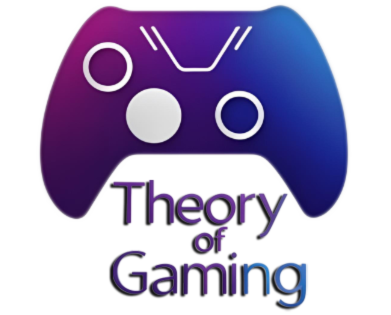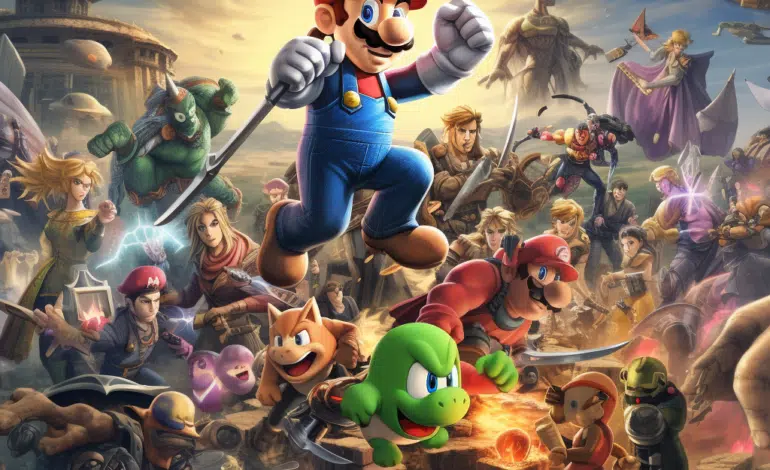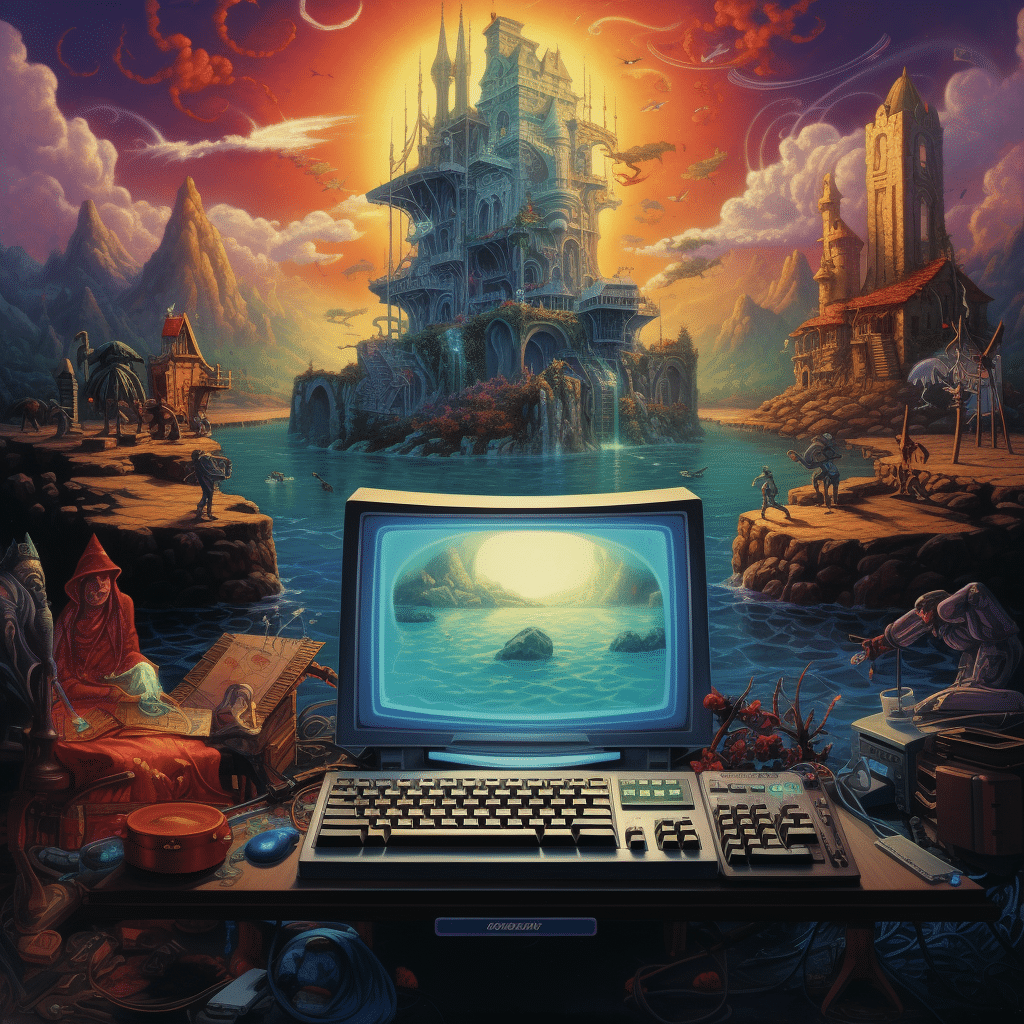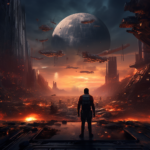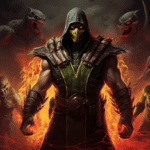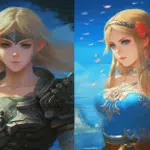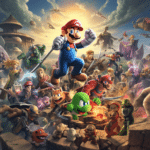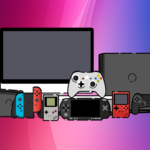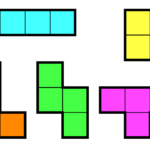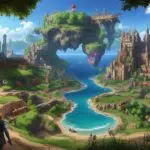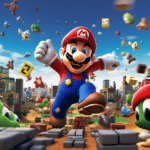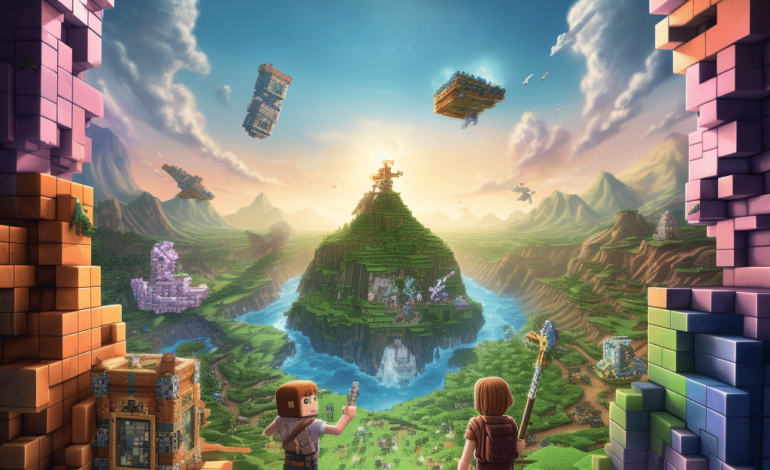
A brief history of Minecraft
Picture this: you’re standing in an infinite world of potential, blocks underfoot, and sky overhead. This is a realm where creativity knows no bounds, where you are the architect of your own destiny. In this world, you’re not limited by blueprints or building codes; if you can imagine it, you can build it. Sounds like a dream, doesn’t it? Well, welcome to the reality of Minecraft—one of the most popular game that turned digital blocks into a universal language for creativity.
This sandbox game has captured the imagination of millions around the globe, inspiring a new generation of creators, architects, and adventurers. Whether you’re a fan of survival, creator modes, or even player vs. player combat, there’s a place for you in this blocky paradise. So, buckle up as we dig into the history of Minecraft, from its humble beginnings to its place as a global phenomenon.
The Genesis: From Cave Game to Minecraft
Back in May 2009, a Swedish programmer named Markus Persson, better known as “Notch,” began work on what was initially referred to as “Cave Game.” It was a simple idea: a first-person game where players could dig and build to their heart’s content. The first version was rudimentary, but the core concept—a world made entirely of blocks—was revolutionary.
Within a month, Notch decided to rename his creation to “Minecraft,” a name that perfectly encapsulated the game’s core mechanics: mining resources and crafting tools. The game was still in its infancy, but its promise was boundless.
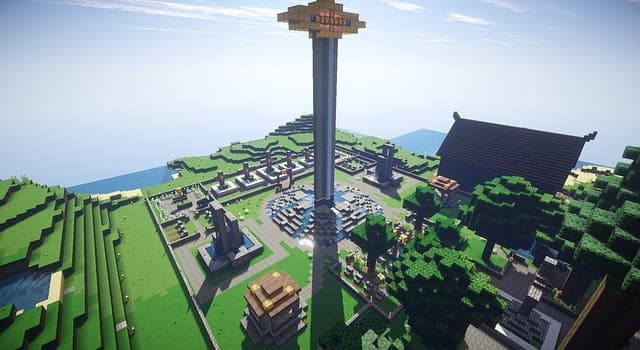
The Alpha and Beta Eras: Growing Pains and Gains
Minecraft was initially released to the public as an alpha version on May 17, 2009. This bare-bones release served as a proof of concept, but it quickly gained traction. As Notch worked on updates and introduced new features like crafting, mobs, and biomes, the player community began to swell.
By the time Minecraft entered its beta phase in December 2010, it was already a sensation. Multiplayer was introduced, allowing friends to build, explore, and survive together. This was also the time when the game’s modding community began to flourish, extending the game’s capabilities and adding layers of complexity.
The Acquisition and Beyond: Minecraft and Microsoft
In September 2014, a pivotal moment in Minecraft’s history occurred—Microsoft acquired Mojang, the game’s development company, for a staggering $2.5 billion. Many fans were skeptical, fearing that the acquisition would dilute the game’s creativity and community-driven spirit. However, Microsoft mostly stayed true to the original vision, focusing on platform expansion and community engagement.
Under Microsoft’s wing, Minecraft branched out into various editions, including Minecraft: Windows 10 Edition, Minecraft: Pocket Edition, and even a story-based game called Minecraft: Story Mode. The game was adapted for virtual reality, consoles, and mobile devices, becoming more accessible than ever.
Cultural Impact and Ongoing Legacy
Minecraft transcends the label of ‘just a game.’ It has been used in educational settings to teach subjects ranging from computer coding to history and geography. The game’s “Redstone” system is so intricate that people have used it to build basic computational devices, teaching the fundamentals of electrical engineering and computer science.
Not to forget, the rise of Minecraft YouTube channels, live streams, and international competitions has turned it into a media empire of its own. From merchandise and toys to its influence on modern game design, the game has achieved iconic status.
Minecraft has also been used for social good. Organizations have utilized Minecraft to raise awareness about social issues, from rebuilding the Notre-Dame Cathedral in virtual form to programs aimed at teaching children about city planning and sustainable living.
We’ve come a long way since those early days of blocky landscapes and rudimentary crafting. Today, Minecraft stands as a testament to the power of creativity and community. As the game continues to evolve, one thing remains constant: its ability to captivate and inspire, one block at a time.
So, the next time you find yourself amidst a sprawling Minecraft savannah or deep within its labyrinthine caves, take a moment to appreciate the history behind every block. It’s not just a game; it’s a world that we, the players, have built together. And who knows what new horizons we’ll explore next?
